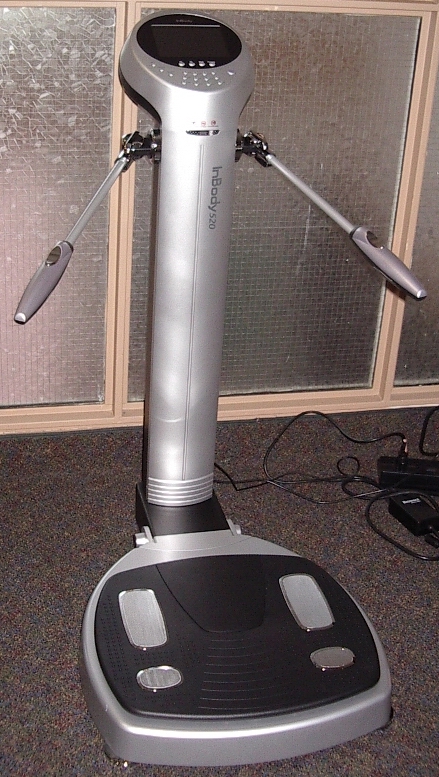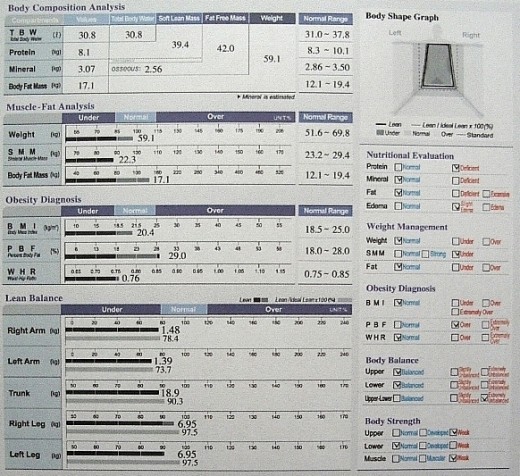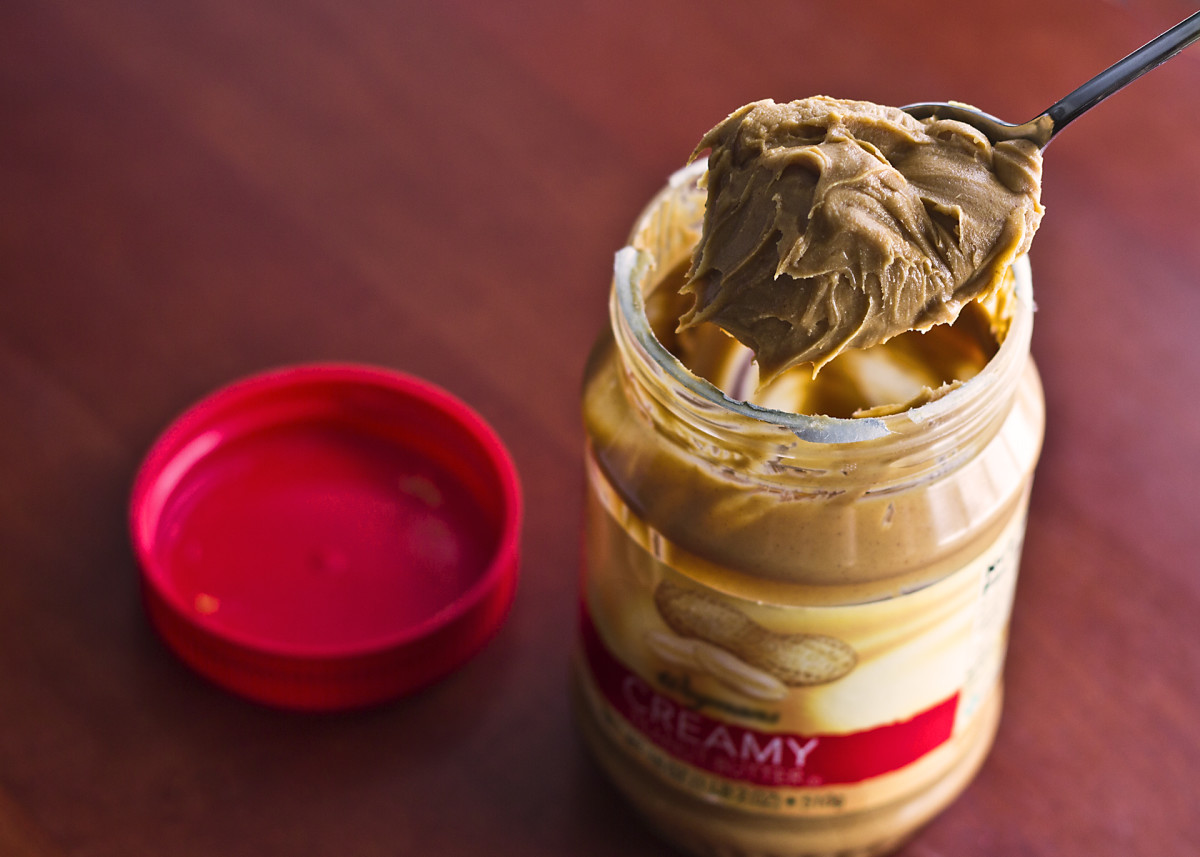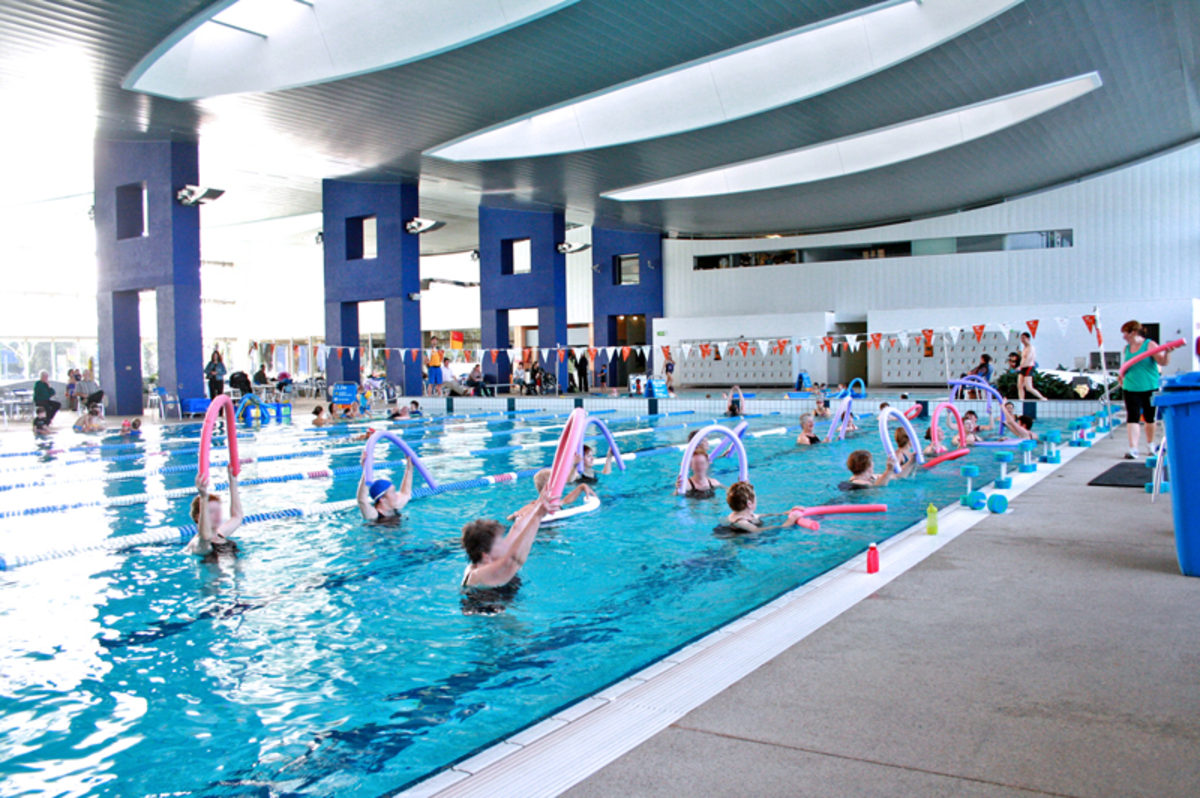- HubPages»
- Health»
- Diet & Weight Loss»
- Weight Loss
BioImpedance: Body Composition Analysis by the InBody 520
The Before…..
An Impedance Test?
According to Chambers English Dictionary, ‘Impedance’ loosely translates as (‘an apparent increase of resistance to an alternating current owing to an induction in the circuit.’)
Never heard of it? Neither had I until I renewed my annual gym membership. As a freebie for renewing I had the opportunity to have an hour’s free training and instruction with the resident instructor. The only problem was that the resident instructor had moved on and the gym had a new, bright eyed and bushy tailed instructor with up to date ideas. That was when I first heard the word Impedance.
Although I revelled in the freedom and space when I immigrated to Canada, I loved nothing better than lounging on the back deck, watching the river and swilling back beer. It wasn’t long before the excess energy needed to actually pick up a beer bottle was overcome by the results of the beer itself, and my waistline began to expand in keeping with the size of the country.
This prompted me to take up a new hobby – keeping fit. For the past 8 years I’ve been happy with the results, until I started losing too much weight. At first I put it down to age and was relieved when I went to the Doc about it and he laughed at me; ‘have you any idea how many seniors would love to be in your place?’
When I explained to the new trainer, a former member of Canada’s karate team, that I needed to put on weight, not take it off, he hesitated for a few seconds before nodding.
“We will see what needs to be done after you have your Impedance Test.” He saw my puzzled expression. “It is a test that has only recently become available in Canada; in fact our machine is the first one in eastern Ontario.” He finished the sentence with pride in his voice. “We will pass a small electrical current through your body and it will show us where the fat and the lean are in your body……”
I interrupted. “You may not have noticed, but there is no fat on my body. I don’t need to be told where it is. What I need is a method of building up muscle.”
The trainer held up a finger to quieten me, and continued with his explanation. “You will have two Impedance tests; a ‘before’ test, and then at end of your exercise programme you will need an ‘after’ test, which will show you how well you’ve done. With the impedance test, we will know which muscles to build up and where you are losing most weight,” he explained “The only thing you have to do for the test is dress in loose clothing, and fast overnight.” He smiled, “It is painless, honest.”
A fitness trainer trying to convince me something was painless? This I had to see.
We made an early appointment for my test, so that I could have my breakfast at a reasonable hour. The test lasted about a minute. All I had to do was kick off my shoes and stand on a machine that looked like nothing more than a weighing machine with welcoming open arms. I placed my feet carefully and held onto the handles as the trainer switched the machine on. Even after the trainer’s promise that it would be painless, I was still expecting a tingle of electricity, but I didn’t feel a thing. Within minutes the machine printed out a Body Composition Analysis. (sample photograph below).
The analysis was incredibly detailed; not only did it tell me that I needed to increase my weight, but it informed me where I needed to increase it; body fat by 9.5lbs and muscle mass by 13.0lbs. Seemingly my Extracellular Water and Total Body Water diagnosis was just under the danger line, and my body mass index and percentage of body fat were less than normal.
The impedance test divides the body into 5 segments – the four limbs and the torso. I found out that my left leg had more body mass than my right leg and it was the same for my arms. Considering that I am right handed, I found this information disconcerting, to put it mildly. But after reading the back of the printout - ‘Understanding the InBody Results,’ and pondering the significance of my Basic Metabolic Rate and my Skeletal Mass, I was impressed. Bewildered but impressed.
I was reminded of an earlier time when I’d been dragged into the 21st century.
At the start of the digital age, my daughters had presented me with a digital camera for my birthday. I already had a shoulder bag full of Canon cameras and telephoto lenses, and although I thanked them for the present, I secretly made up my mind to accidentally lose the digital camera as soon as possible. But they had different ideas, and accidentally ‘lost’ my shoulder bag so that I had no choice but use the digital. The revelation had me shaking my head at my folly for being so old fashioned. This time, with the Impedance machine, I wouldn’t need to be dragged into the future, I was doing it voluntarily. I felt quite proud of myself.
My friendly karate expert consulted with his dietitian colleague, and soon I had a diet and an exercise regime.
The diet basically consisted of telling me to eat more, but to do it slowly. ‘Building up takes time,’ the dietitian said, ‘Consider taking a nutritional drink between meals plus a multi vitamin, but in your normal diet take it slowly. For instance, if you take a cereal in the morning, try adding some blueberries to it. Do you take toast for breakfast?’ I nodded. ‘If you only have one slice of toast, think of taking two, or if you don’t want to do that, try marmalade on your single slice. Slowly is the most important word.’
The trainer explained that the fitness exercises consisted of two printouts. The first sheet of the regime had none of the exercises I’d been doing, but had a few I’d never heard of. The diagrams of the mostly stretching exercises on a ball looked painful; not only that, the explanations were all in French.
“What on earth does ‘proprioception de la cheville’ mean?” I asked. “It’s a balancing exercise. Don’t worry about it," the trainer soothed. "I’ll be there to explain and translate everything for the first two or three sessions.” The trainer handed me a sheet of paper.
The sheet showed more exercises which looked relatively painless, a levator scapula stretch, a pectoral stretch, an upper trapezius stretch and others. The diagrams showed a woman doing the exercises and the instructions were explanatory enough.
I am so looking forward to the ‘after’ test.









